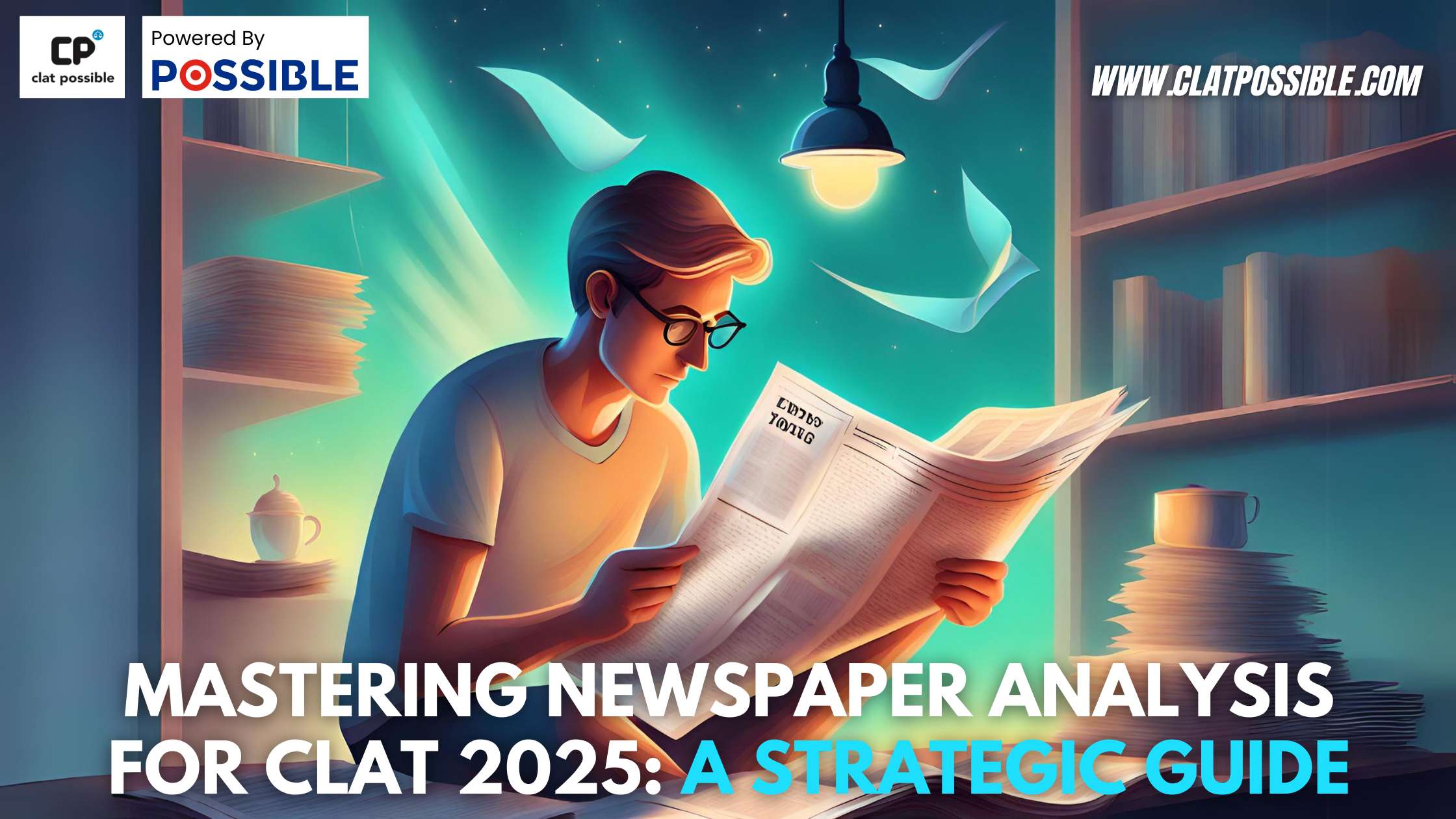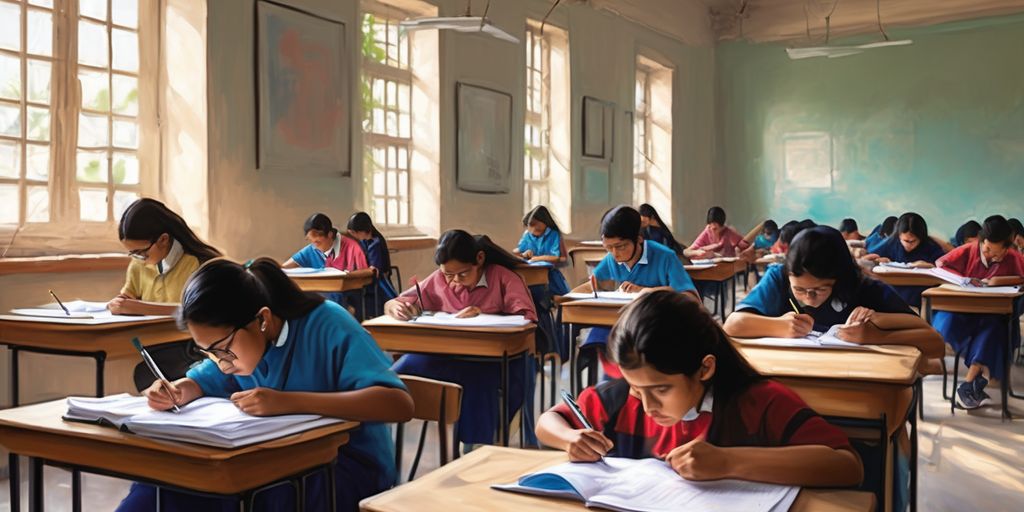By I Jan 17, 2024

Unlock the potential of newspapers to amplify your CLAT 2025 preparation. This comprehensive guide ensures that every column and headline you read directly contributes to your exam readiness. Delve into our expert strategies to make newspaper reading an indispensable part of your study routine.
Why Newspaper Reading is a Game-Changer for CLAT?
In CLAT preparations, newspapers serve a dual purpose. They are not only a reservoir of current affairs, crucial for the GK section, but they also enhance your reading speed and comprehension abilities, which are essential due to the voluminous nature of the CLAT exam.
Newspapers introduce you to an array of vocabulary, diverse sentence structures, and a depth of analysis on legal and socio-political issues, enriching your analytical skills for the Legal Aptitude section and bolstering your arguments for essay writing.
Transforming Newspaper Reading into a High-Yield Study Habit
Turning newspaper reading into a high-yield habit takes more than just flipping through pages:
- Dedicated Reading Time: Set aside a focused 45 to 60 minutes daily. Choose a time when you can read without interruptions, ensuring consistency in your routine.
- Strategic Skimming: Begin with scanning headlines and focus on articles that are significant to the CLAT syllabus. This helps you manage your reading time effectively.
- Engaged Reading: Actively interact with the content. Highlight new vocabulary, summarize key arguments, and question the writer's perspective to deepen your understanding.
- Critical Thinking: Develop a questioning mind. Evaluate the merits of arguments and form your own reasoned opinions to prepare for the analytical reasoning section.
Expert Tips for Efficient Newspaper Reading
Selective Reading: Filter content to focus on what’s essential for CLAT:
- National and International News: Concentrate on substantial developments that have legal or international implications.
- Editorials: These pieces are crucial for developing insights into complex issues and building argumentation skills.
- Legal and Economic Sections: Keep abreast of judgments, legal reforms, and economic policies affecting the legal framework.
Note-making and Annotations: Create a system that works for you:
- Margin Notes: Use the margins for brief annotations that can serve as memory aids.
- Summaries and Keywords: After reading, summarize the content using keywords to reinforce understanding and facilitate revision.
- Vocabulary Development: Keep a running list of new terms, their meanings, and usage in context.
Time Management: Allocate a fixed time for reading to maintain a balance with other CLAT subjects.
Alignment with the CLAT Syllabus: Ensure your reading material correlates with the exam content, focusing on:
- Current Affairs: Prioritize events from the past year since the GK section tends to focus on recent issues.
- Legal Updates: Pay special attention to high-profile court rulings and legislative changes.
Conclusion
Incorporating newspaper reading into your CLAT study plan is not merely helpful – it's crucial. Through this guide, your newspaper reading is transformed into a potent tool for the CLAT 2025 exam. Quality, not quantity, defines your newspaper reading success.
FAQs
Q: How much time should I spend on newspaper reading each day?
A: Aim for 45 to 60 minutes. This allows you to cover the essential sections without taking away from other study areas.
Q: What sections of the newspaper are most relevant for CLAT?
A: Focus on national and international news, editorials, legal reports, and economic sections. These are most likely to contain information pertinent to the CLAT syllabus.
Q: Is it necessary to read the newspaper in print, or can I read online?
A: Both formats have their advantages. Print newspapers can help reduce screen time, while online newspapers are convenient and often provide additional resources such as hyperlinks to related articles.
Q: How do I remember the information I read?
A: Active reading strategies like annotating, summarizing, and discussing with peers can significantly improve retention. Keeping a dedicated current affairs notebook also helps.
Q: Should I read more than one newspaper?
A: For efficiency, stick to one comprehensive newspaper. Reading multiple newspapers can lead to information overload and redundancy.
By embracing these strategies, you're not just reading the news, you're preparing to ace CLAT 2025. For more informative blogs on CLAT Preparation, Click Here!


